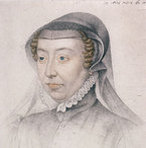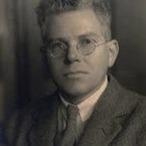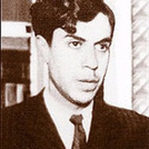|
Sometimes there are pieces of music which, from the first time you hear them, touch your soul in a way that holds you trapped in the flow of the music from beginning to end. Add to that a performer that not only interprets, but actually embodies the piece, and you have something really special. This happened for me when I first heard Tatiana Troyanos sing 'Se pietà di me non senti' from Handel's Giulio Cesare. This Da Capo aria (A-B-A format) expresses the anguish of a woman who thinks (in the tradition of good opera) that she has lost her lover. The aria comes in the second act of the opera, when Cleopatra (to whom the aria is ascribed) realises, after trying to seduce Caesar disguised as her own maid 'Lydia', that she truly loves him. The libretto, roughly translated, is as follows: If you don't feel pity for me, Oh, Heaven, I will die You need to give peace to my torment, Or this soul will cry As Tolomeo's men approach to assassinate Caesar, Cleopatra reveals her true identity, and begs him to flee. He refuses, instead opting to fight. Cleopatra later hears that her love has died trying to escape. This turns out to be false of course, but the sorrow in the aria shows her affection, and her loss, to be real. The aria is in the key of F# minor which, according to Hugo Leichtentritt in "Handel's Harmonic Art" from the Musical Quarterly, Vol 21, No. 2, is the key which "denotes tragedy" and indeed, the tragic nature of the libretto is acutely realised by the score (other examples of a similar use of this key by Handel are 'Ma Chi Punir' from Flavio and 'With Darkness Deep' from Theodora). The scoring of repeated quavers in the continuo section mimics the scoring in Caesar's powerful warning to Tolomeo (Va Tacito e Nascosto) where Caesar's magnificence and power are beyond question, though at a much slower pace. The stark cries of the violin, with it's three-semiquaver movement following a semiquaver rest, ending usually on an emphasised crotchet, coupled wit the continuo give the impression of a funeral march with lamenting mourners. The chromatic ascent in the vocal line from bar 12 to bar 14 in the 'A' section on the words 'io moriro' (I will die) adds a sense of desperation, while the extended orniment on the last 'io moriro' of the 'A' section, and the ornament on the 'alma spirero' in the 'B' section (bars 36 - 38) are like a desperate cry to heaven for understanding and relief. Most impressive of all though in this performance is the interpretation by Tatiana Troyanos. The emotion and sincerity shown in the aria are very moving: even without seeing her face, you can feel the depth of her pain. For me, the second airing of the 'A' section is the most powerful.
0 Comments
|
MOST VIEWED POSTS
© James Edward Hughes 2013
 RSS Feed
RSS Feed





